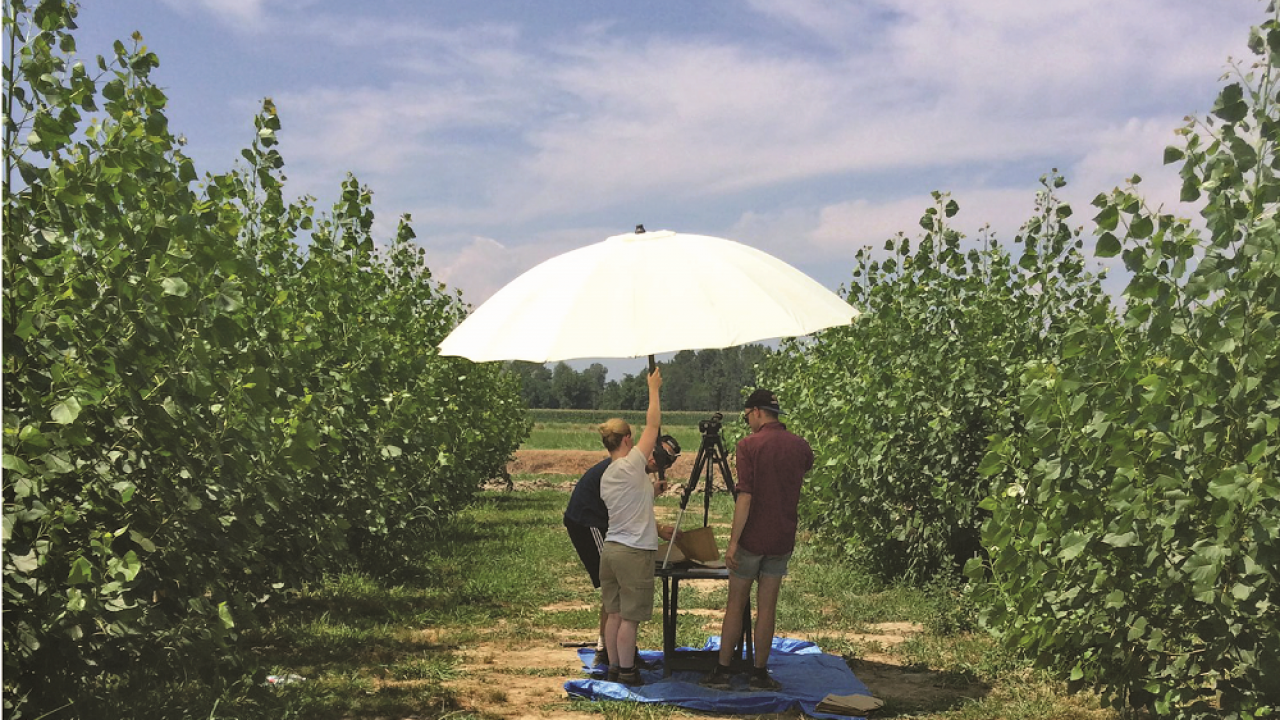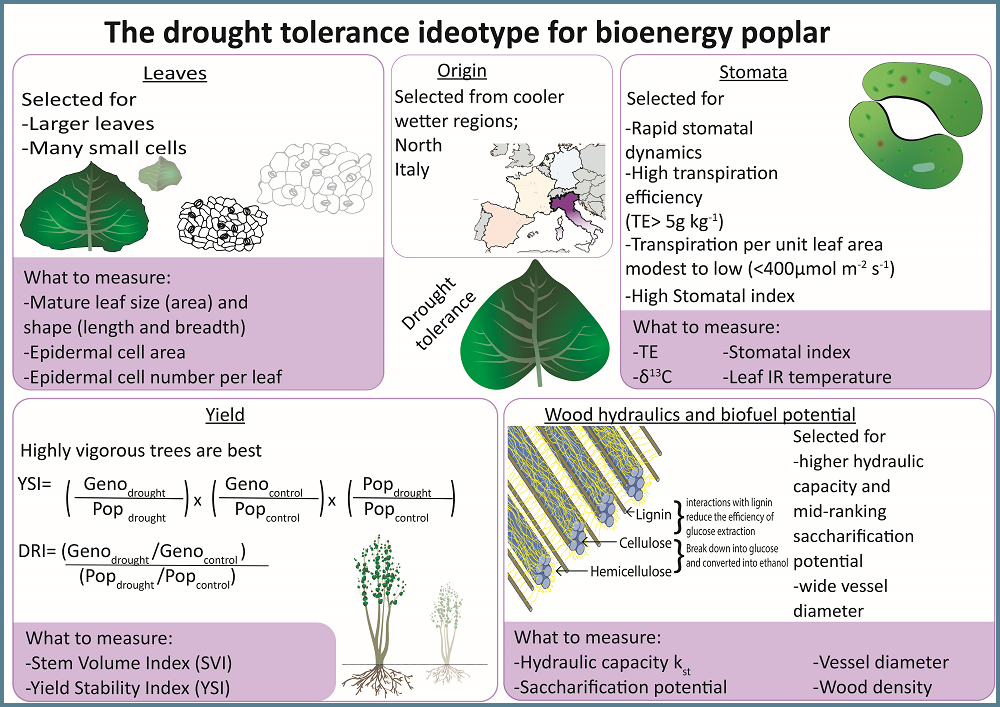
The Genetics of Drought Tolerance in Bioenergy Poplar Trees
Bioenergy crops are central to climate mitigation strategies. This includes their use in BECCS (Bioenergy with Carbon Capture and Storage) and biomass supplied for heat, power, liquid fuels and in the future, biorefining to chemicals. It has been predicted that bioenergy will be the fastest developing renewable resource over coming decades, but at the same time, land use for bioenergy production can be controversial if it has negative impacts on land for food, or is detrimental to a wide array of ecosystem services.
Gail Taylor, professor and department chair in the Department of Plant Sciences, UC Davis, in collaboration with geneticists Jin-Gui Chen and Wellington Muchero at Oak Ridge National Laboratory, received $2.52 million in funding, over the next five years, from the U.S. Department of Energy, to develop bioenergy feedstock poplar trees that can be grown on low-quality, poor, and marginal land.
“An important challenge is that trees are able to grow in drought-prone environments, which are likely to be more common in the future,” said Taylor. “This is an exciting opportunity since poplar is both a model organism and one that can be deployed as a real crop in the field.”
The research will focus on the link between phenotype and genotype, first determining the ideotype or ‘perfect tree’ for droughted environments and then linking this to underlying genomic targets that will be explored using the latest CRISPR-Cas9 gene editing tools, already developed for poplar.

“The research will benefit from over a decade of research in the U.S. and Europe that has selected more than 2,000 individual trees from naturally droughted environments across these two continents,” said Taylor.
This natural wild germplasm has been used in several DNA sequencing projects such that world-leading genomic resources, now available at Oak Ridge National Laboratory, will be deployed alongside the extensive computation power to elucidate the genetic basis of drought tolerance.
The project will include planting a new 10-acre field site on the UC Davis farm to study tree responses to drought, including using the latest remote and proximal technologies such as UAVs to assess canopy temperature.
This will be complemented by the computational resources at Oak Ridge National Laboratory. Three postdoctoral scientists, and a graduate student will undertake much of this research with Taylor, Chen and Muchero.
The goal is to deliver new genotypes of poplar that are better suited and able to tolerate droughted environments and will be ready to test at multiple sites by the end of the project. At the same time, the genomic and genetic resources already available in poplar will be integrated into high throughput drought phenotyping and a complete atlas of gene expression related to drought stress for these natural populations.

